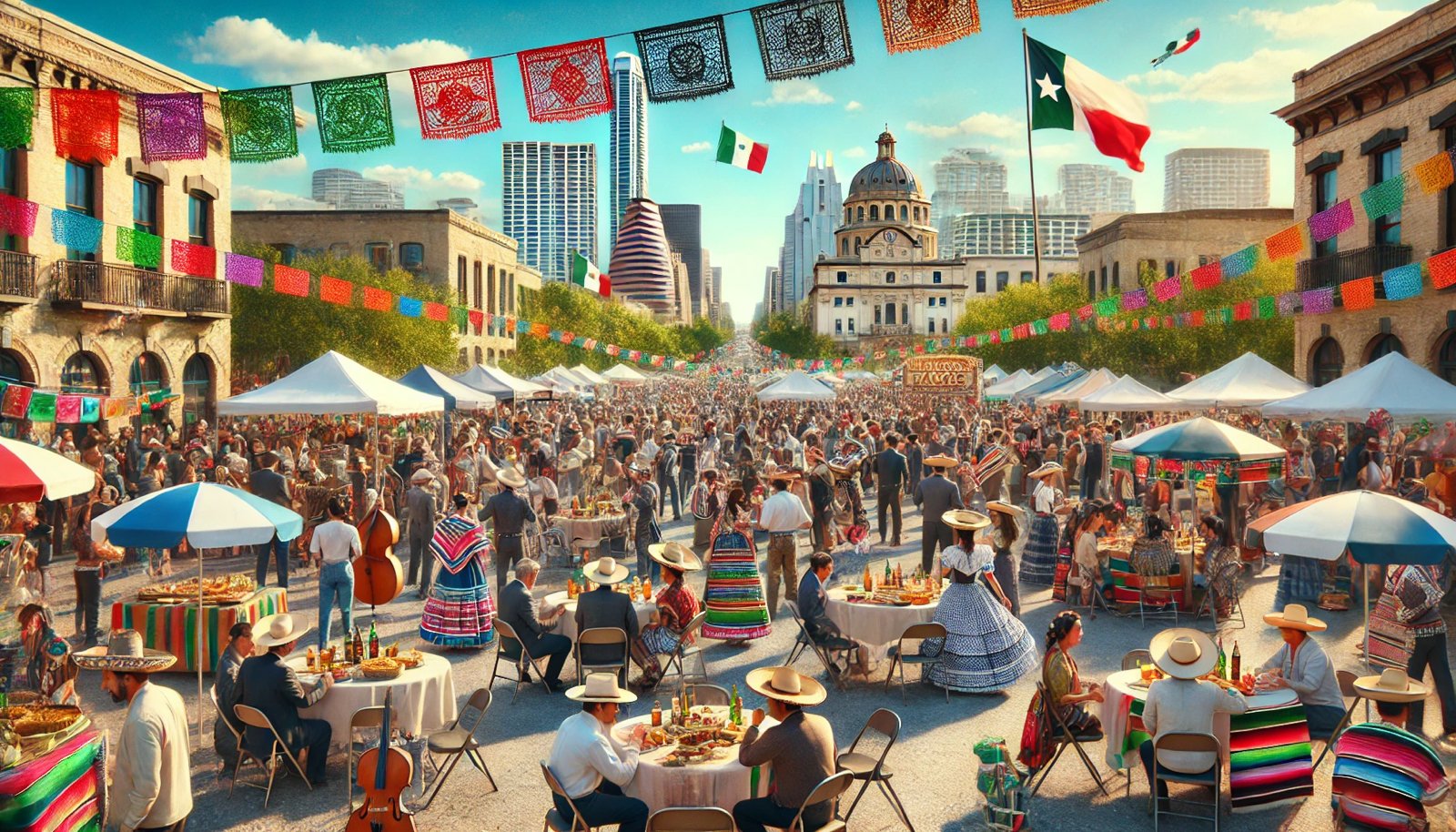How many mexicans are in Austin?
Austin, Texas, is a cosmopolitan city of buzzing techie advancement and an intellectually varied population. How the Mexican community stands as one gigantic contributor to its makeup in this group of people that gives form to the identity of the city. The number of Mexicans in Austin reveals not only demographic features but also brings forth cultural richness and value addition by the community to the city. Further, services such as Austin Cleaning Services play a very important role in helping sustain this cosmopolitan community to keep up with maintaining homes and businesses' cleanliness and appeal amidst the rapid growth of the city.
Modern Demographics
According to the latest estimates, about 460,000 Hispanics reside in the Austin metropolitan area, and they represent the biggest minority community in Austin. Among them, an even more significant proportion is Mexican or of Mexican background. The Hispanic population has surged significantly over the last two decades, from approximately 8.85% of the population to nearly 19.25%. These numbers reflect broader trends toward migration and economic opportunity that bring so many to the city of Austin.
Historical Context
Although the roots of the Mexican community in Austin date back as far as the early settlement days, it is by the late 19th century that Mexican immigrants start to make significant contributions to local agriculture and labor markets. Neighborhoods such as East Austin become cultural hubs where tradition thrives. As the chances of having economic jobs widened and social dynamics changed, many Mexican families moved into these areas, making their presence even more ingrained in the culture.
Factors Contributing to Population Growth
Several factors have contributed to an increasing number of Mexicans in Austin:
1. Economic Opportunities: Austin has transfigured into a high-tech zone, bringing enormous job opportunities for immigrants from Mexico. Many find work in construction, hospitality, and service industries where there is high demand for labor.
2. Cultural Roots: Members of the Mexican community share strong cultural bonds, which will make new immigrants feel comfortable. Community groups also offer resources and supports systems for immigrants who are adapting to life in Austin.
3. Academic: Tertiary Education Institutions Bigger, better universities, such as the University of Texas at Austin, have attracted students from Mexico and other Latin American countries. Most of them have decided to remain after they graduated, replenishing the workforce in that city and adding to its demographic cultural mix.
4. Family Reunification: Ties of blood and other kinship still are an important factor for migration. Many Mexicans come to the United States for reasons of family reunion with already-established relatives in Austin, creating networks that ease further immigration.
Community Contribution
The contribution of Mexicans towards Austin is much deeper as it ranges not only to demographics but to culture and economy as well. Some contributions are:
Culinary Influence: With food trucks offering authentic tacos to high-end restaurants serving traditional dishes in new and exciting ways, Mexican food is the blood of Austin's culinary scene.
Cultural Events: The various festivals based on Mexican culture make a huge contribution to Austin's cultural events. Some of the prominent events where thousands of people attend every year are Dia de los Muertos and Cinco de Mayo.
Business Development: A lot of Mexican entrepreneurs have been setting up successful businesses in sectors like restaurants to construction companies. Their contributions do not only evolve the economic scenario of Austin but also provide employments to the community members at large.
Challenges Faced by the Community
Despite the important contribution these constituents have made toward the growth and vibrancy of Austin, they, as Mexicans, still face many problems:
Gentrification: As neighborhoods are redeveloped, long-time residents are often displaced by elevated rents and property taxes. This has dramatically altered traditionally Hispanic areas.
Access to resources is further disrupted, such as language and access to services, for most immigrants. The community-based organizations do everything within their means to support them, but issues still prevail.
Cultural Sustainability: New influxes of fresh immigration waves from other Latin American countries may create cultural disintegration in the community. Elders often feel isolated from a new wave of people who don't share the same history and experiences that can be used as reference points.
The Role of Cleaning Services during Community Transitions
Austin Cleaning Services thus ended up playing a huge role in helping with transitions since the city was totally dynamic and full of movement, for whoever was on the move to wherever, be it a new home place or an old one awaiting a new tenant, cleaning services ensured that a place was clean and tidy as vacated. Using a Move Out Cleaning Service Austin can really reduce the burden during preparation work to be ready for new tenants and will relieve many of the pressures for families to shift into new settings.
Move out cleaning services Austin means the property will be clean for future tenants-one stressor removed from moving out. This service, aside from holding high standards, maintains a healthy relationship between landlords and tenants since properties are taken good care of.
Since they impact the richness of the culture and economy of the city, the number of Mexicans continues to increase in Austin. This makes it a must that we recognize their influence on our community, especially given the nature of these currents of changes and challenges.
As you pack up to move into a new location, or prepare to leave, you can reflect upon just how professional services like Austin Cleaning Services make it possible to arrive at your new home while reflecting on just how far we have come since those early days in Texas history. The count of Mexicans living in Austin is more than just a statistic; rather, it speaks to living history and a bright future for this diversified city.
